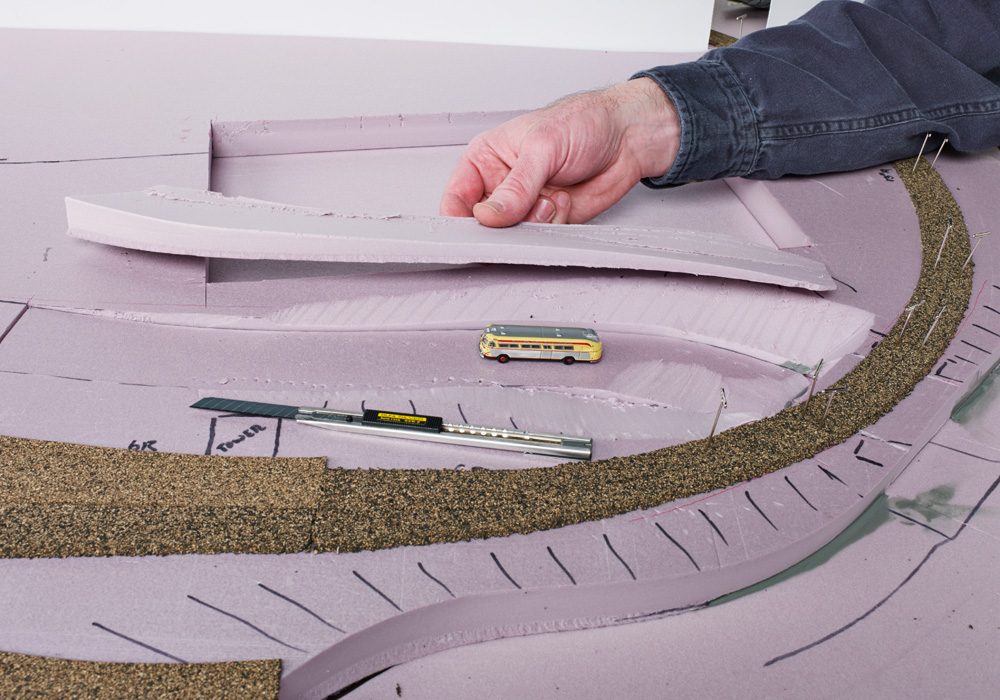
Q: What are the drawbacks of extruded-foam insulation board benchwork? Much has changed with model railroading since my childhood. As a retiree, I’m re-entering the hobby with a modest HO scale layout in a 10 x 15-foot room in my garage. I’ve consulted several articles, books, and videos on benchwork, but I’m still uneasy about […]
Read More…
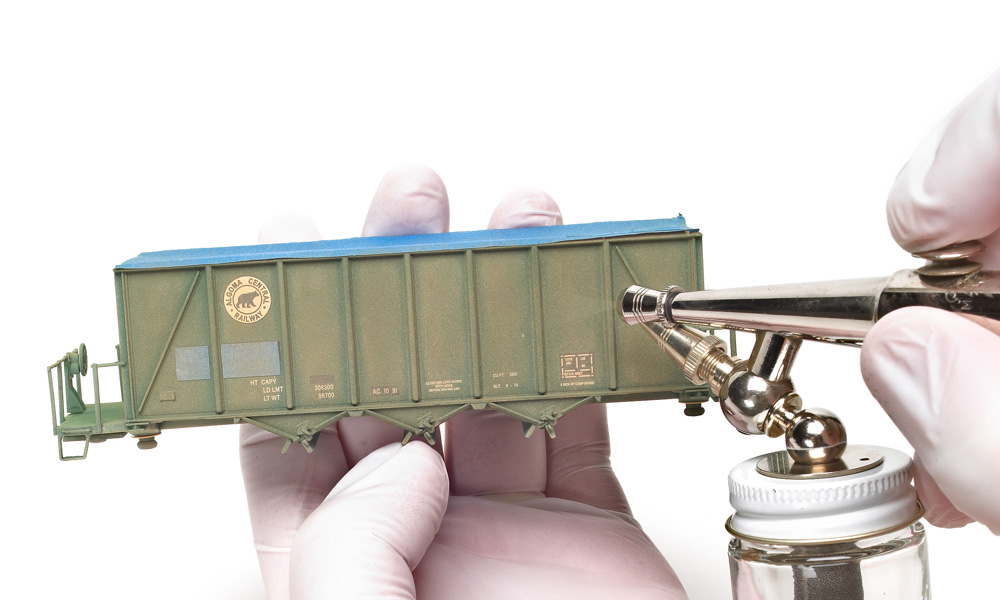
Q: I would like some advice on cleaning an airbrush while weathering. I use an older Paasche airbrush to weather my N scale rolling stock. Since N scale models take very little paint, the painting process usually only takes a few seconds to a minute per color. But cleaning the tip, the air point, and […]
Read More…
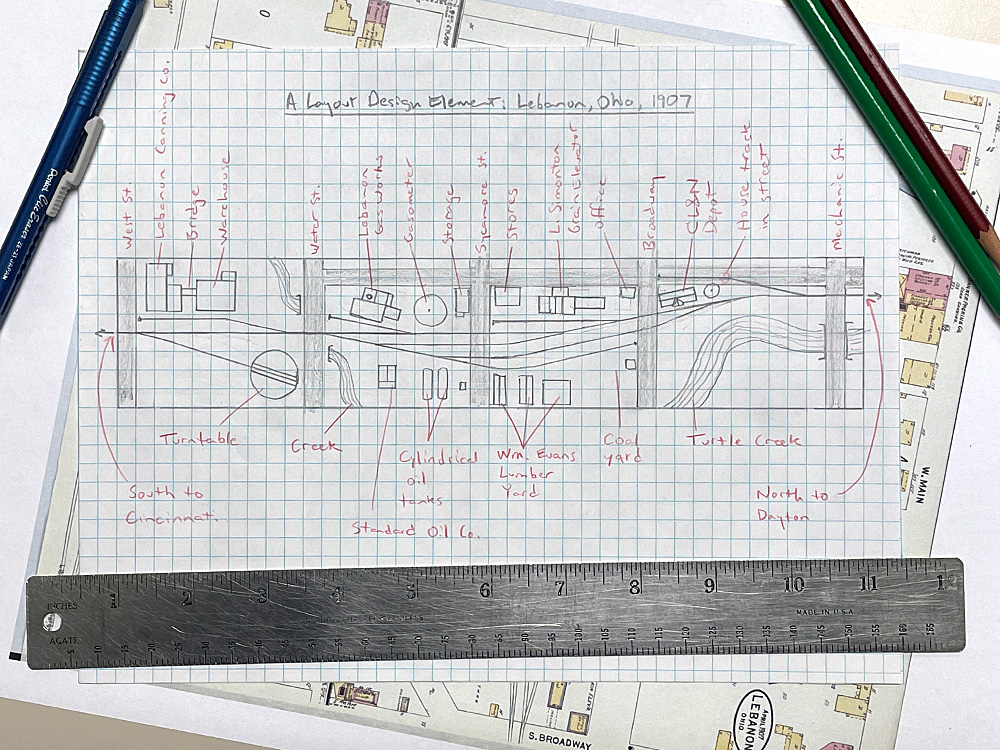
This month I decided to try planning a Layout Design Element. According to Model Railroad Planning editor Tony Koester, who invented the term, a Layout Design Element (LDE) is a visually and operationally recognizable model of a prototype railroad location. An LDE is a notch of realism higher than layouts that are merely inspired by […]
Read More…
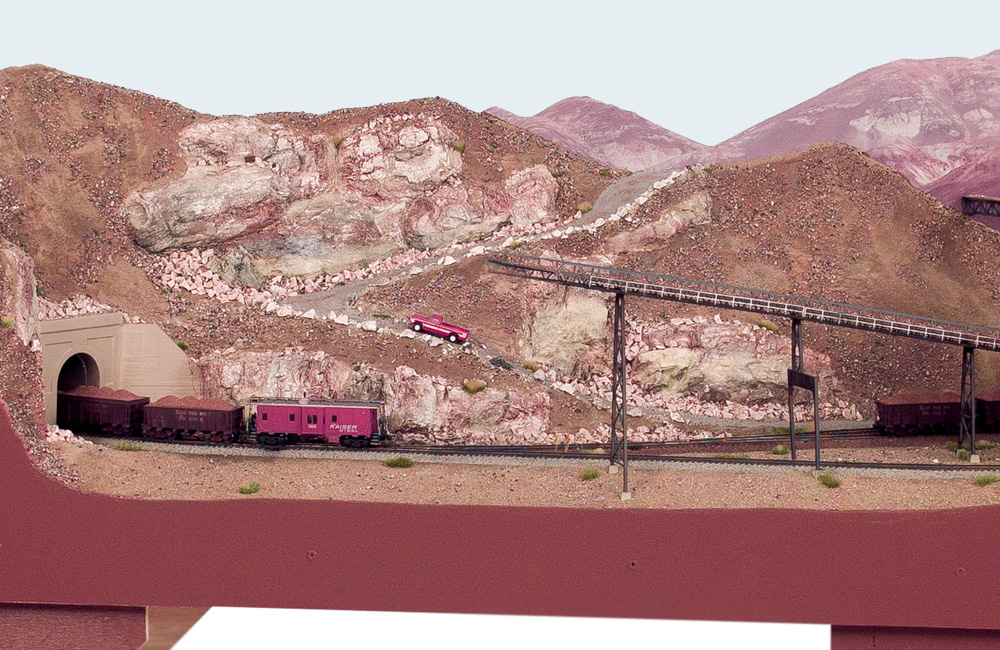
Q: Can you help me decide how high to place a layout backdrop? I am a long time modeler and have used backdrops on a prior double-deck HO layout. I’m now faced with planning backdrops for a single-deck N scale layout with rolling hills. How do I handle a scene that drops on a 2% […]
Read More…
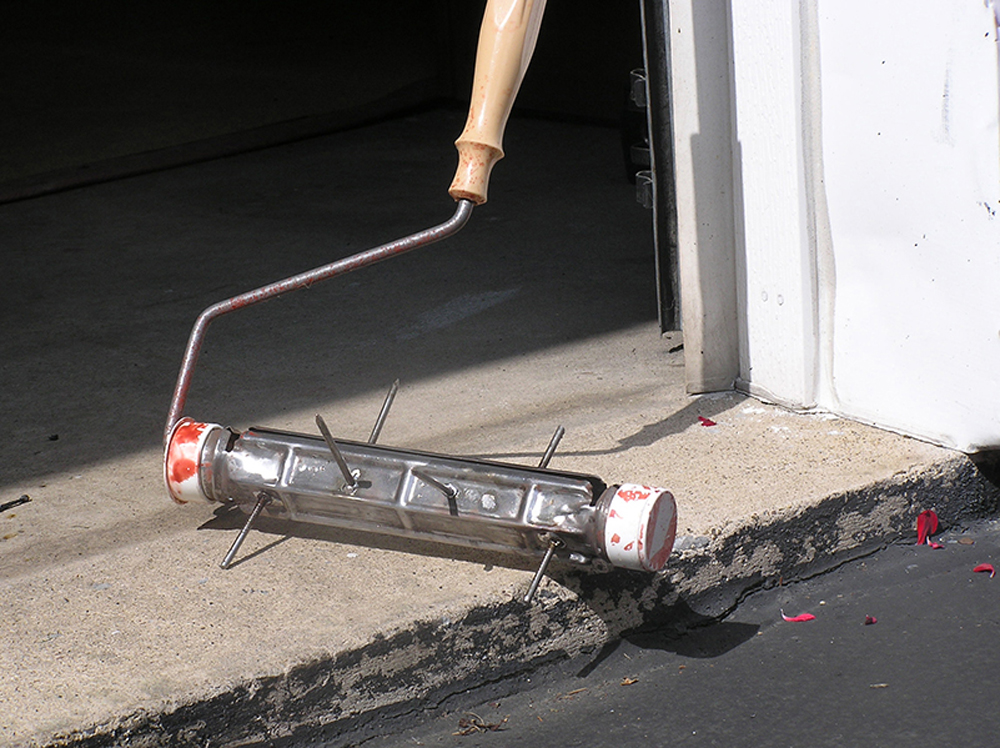
7 tips for your roadbed and right-of-way: Keep your trains rolling with these easy tips. Learn how to store ballast nearby, easily pick up leaves, clear switch points, and more! Piping under the roadbed When we built our garden railroad, we found that we needed to provide water to plants on the far side of […]
Read More…
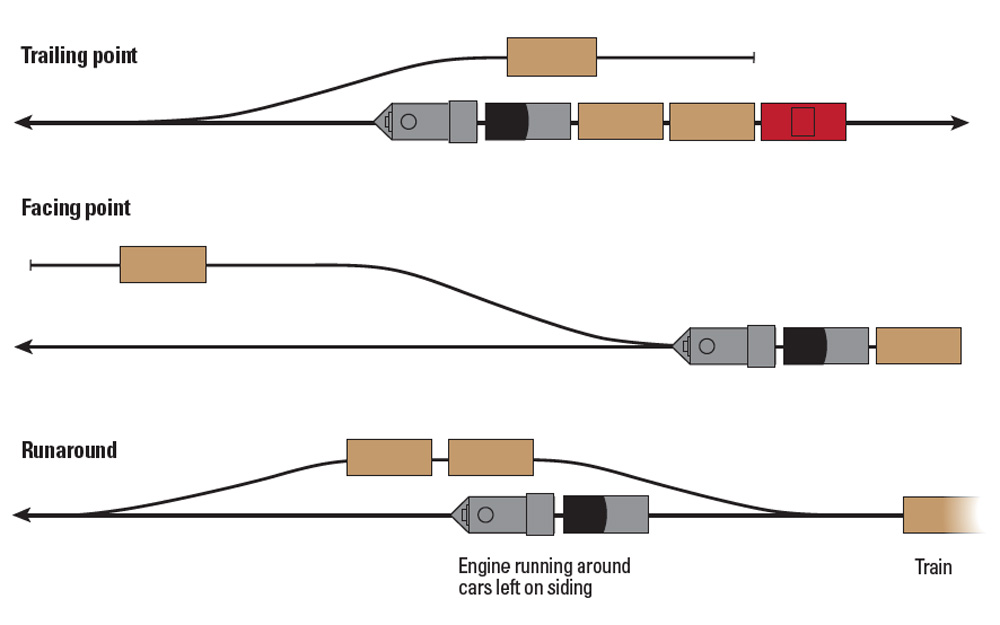
Q: I’m planning my first layout and I need to learn about train movements and switching a model railroad. Specifically, how are cars spotted on facing-point turnouts versus trailing ones? How do I plan for trains running in both directions? – Jesse Brinson A: For those who are new to switching a model railroad, let’s […]
Read More…
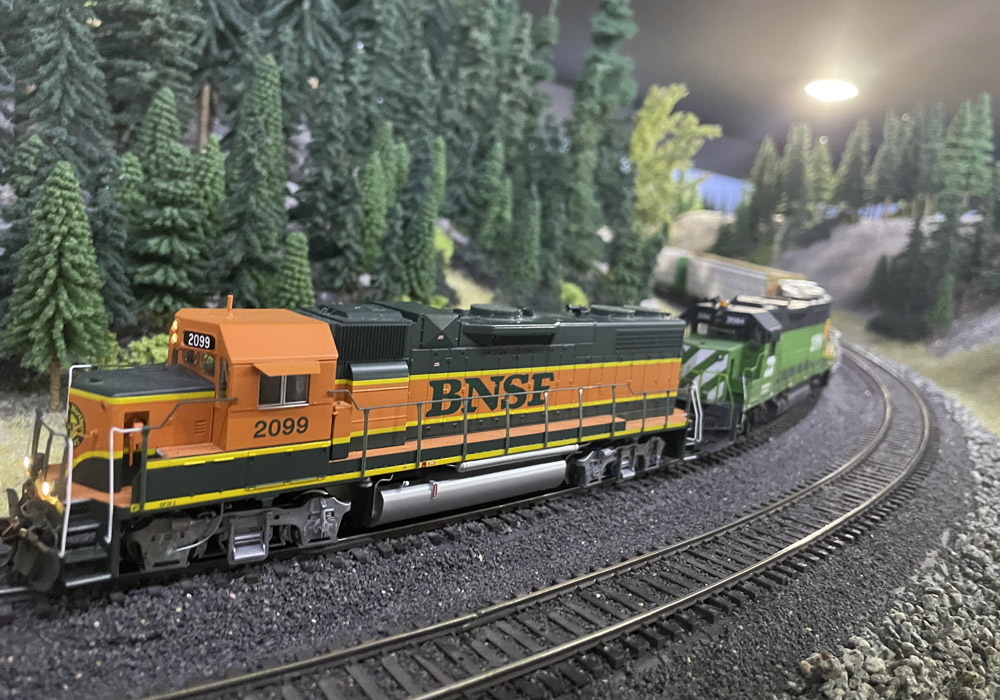
I have a confession to make: I’m an ops noob. I’ve been a model railroader for more than 30 years and have worked for Model Railroader magazine for 15. I edited Jerry Dziedzic’s “On Operation” column for years and Andy Sperandeo’s “The Operators” before that. And I know my way around a throttle. But a […]
Read More…
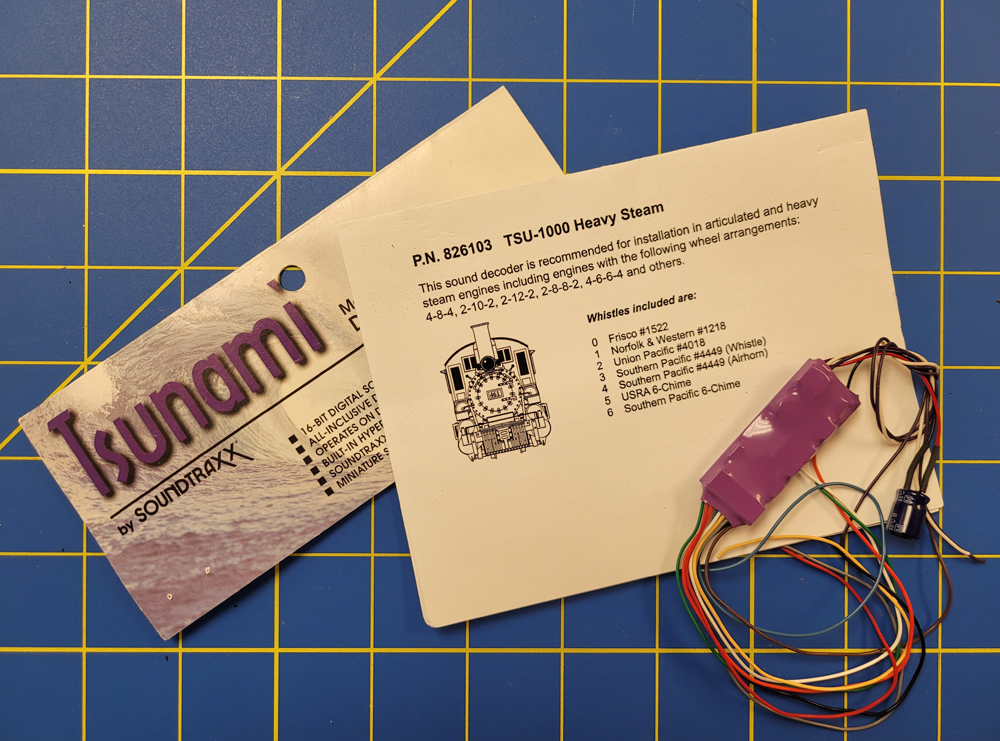
What are DCC sound decoders? Well, to put it briefly: A sound decoder is a computer on a chip that receives and interprets signals sent from the DCC base station and puts out an analog signal that makes an attached speaker produce the sound desired. There’s more to DCC sound decoders, though. There are two […]
Read More…
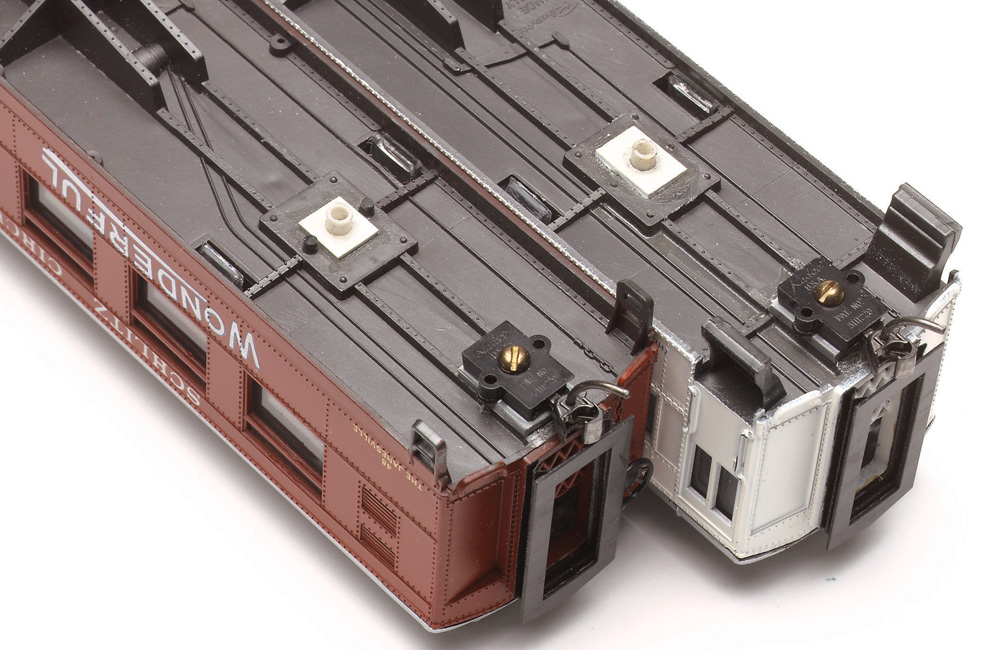
Q: I was recently given some older HO scale hopper cars that apparently had snap-on trucks. What method do you recommend to fill in the hole so I can replace snap-on trucks with the screw-on type? I gather I would use 2-56 screws? – Artie Krass A: What you use to fill in those holes […]
Read More…
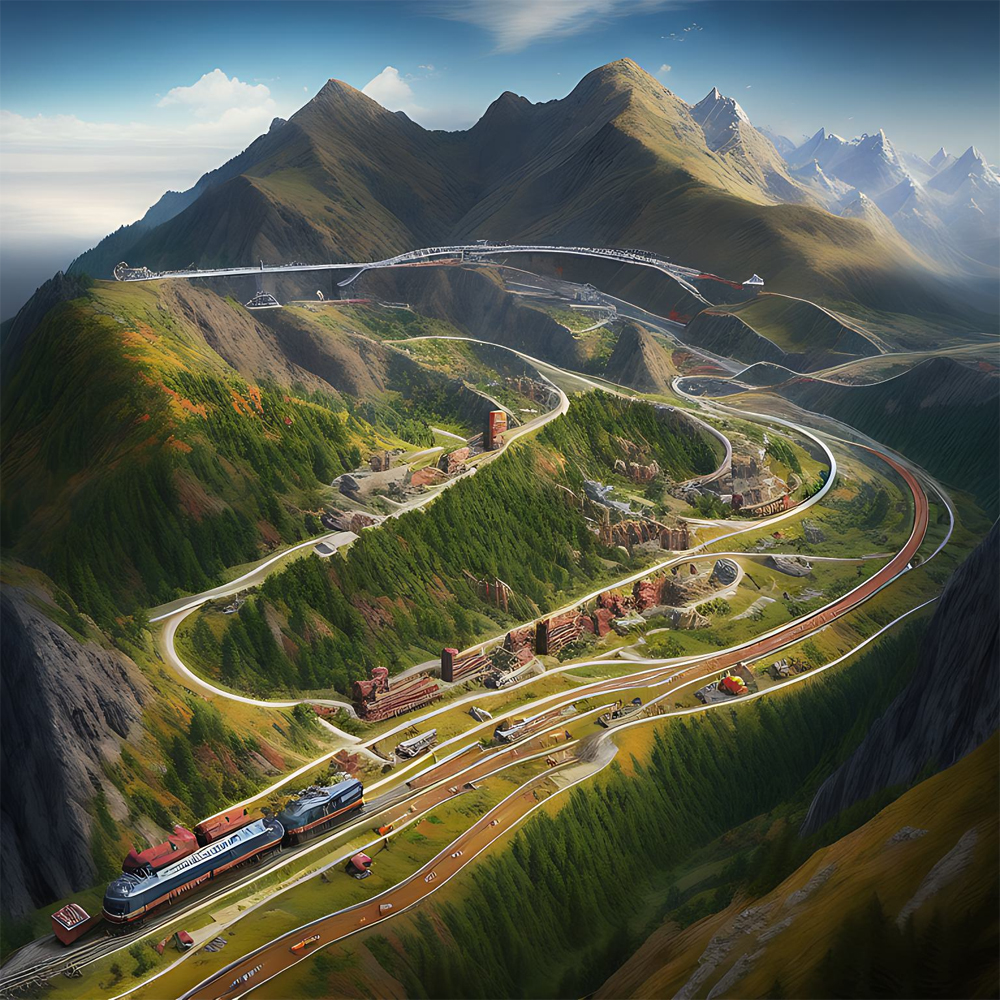
One of the hottest topics of the moment is the conversation around artificial intelligence (AI.) If you’ve been paying attention to this conversation, you likely know that Artificial Intelligence programs have made enormous strides forward in just the past few years. These advances have caused disruption and innovation in equal measure in many fields. These […]
Read More…
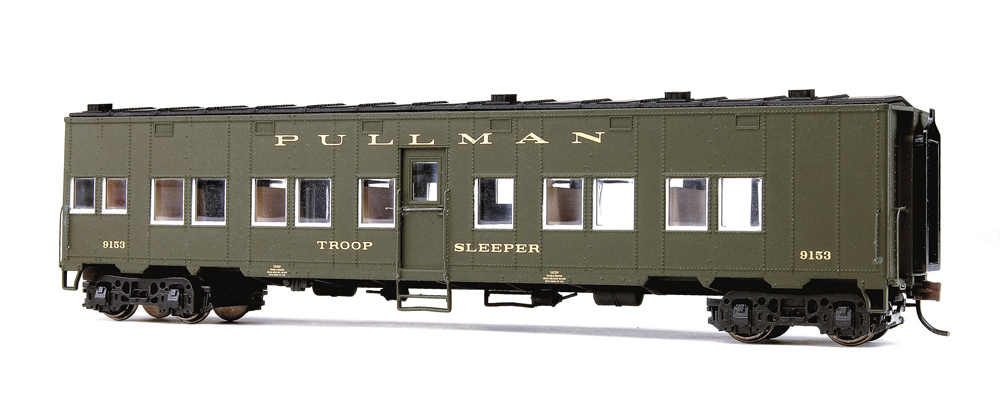
Q: A fellow club member and I just started running the Walthers troop cars on the club layout. We are having problems with the troop sleeper cars derailing on the 36″ curves. Can you suggest a solution to this problem? – Alan Cox A: If those are the only cars having derailing problems on those […]
Read More…

Q: How exactly do switch heaters work? And how can I model a switch heater? – Bob Kolankoski A: Over the years, railroads have tried many different methods to keep switch points from getting clogged with ice and compacted snow. One of the earliest was placing burning smudge pots between the rails. Later, more permanent switch […]
Read More…












